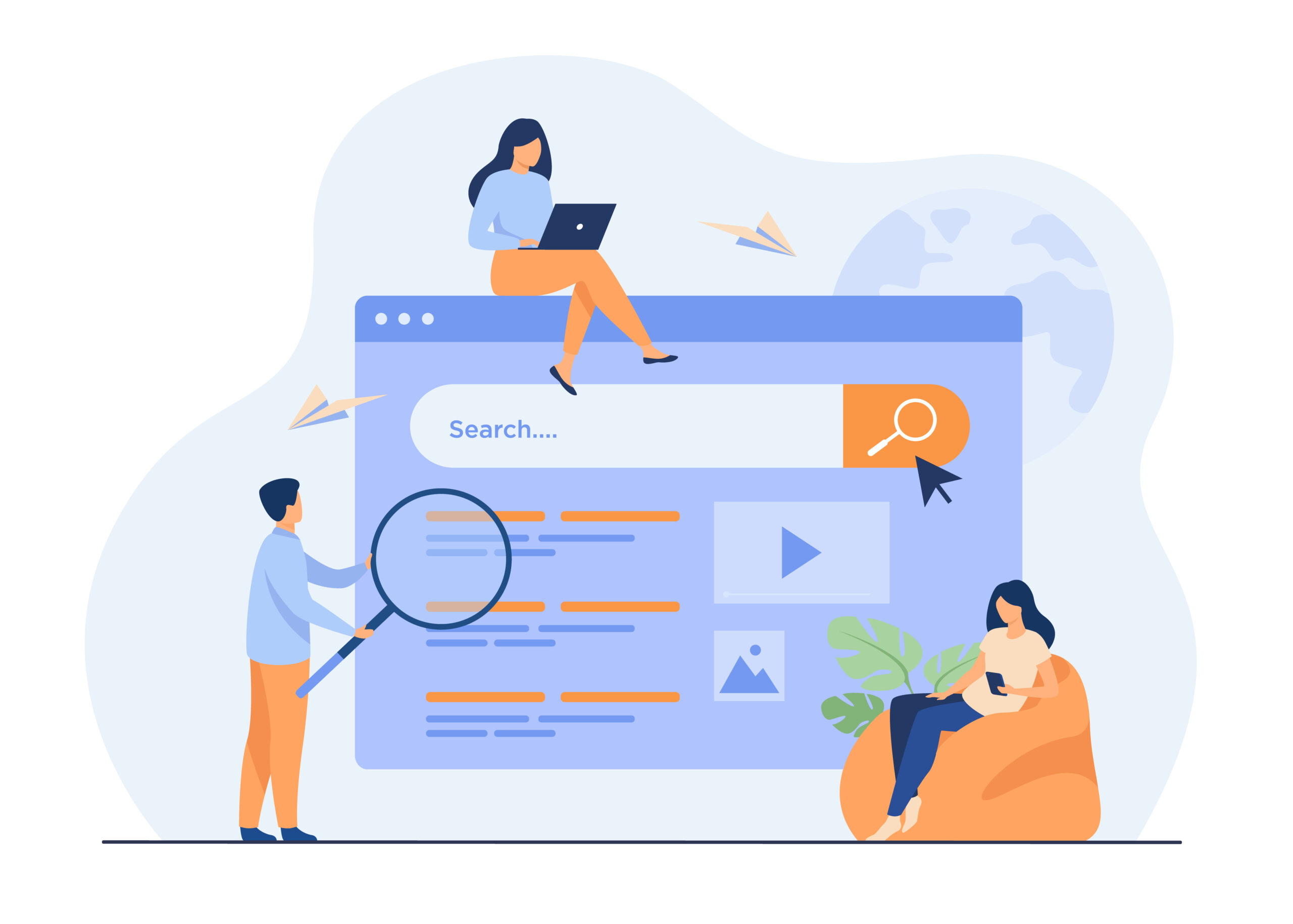A landing page is a web page that displays when a user clicks on a search engine advertising link. It usually contains text, graphics and sometimes videos, which are designed to attract the attention of the visitor and encourage them to click through to the advertiser’s site. In order for your landing pages to be successful, you need to make sure that they are well-designed and offer useful information about your company or product. Here are some tips for designing an effective landing page:
1) Put your call-to-action button in an obvious place
2) Provide clear navigation
3) Make it easy for visitors to find out how they can contact you
4) Include testimonials from satisfied customers or clients
5) Make sure that you have a privacy policy statement on your site
6) Offer a clear call-to-action
7) Include a sample of your product or service
8) Make sure that the design is consistent with your website’s style
9) Remember that you only have 30 seconds to engage the visitor with your landing page
10) Include images and videos to help capture attention
1. Ensure that your message of PPC ads matches the message of your landing page
PPC ads are the first thing that a user sees when they look for something on Google. This is why it’s important to make sure that your message of PPC ads matches the message of your landing page.
In this section, I will cover how to make sure that your message of PPC ads matches the message of your landing page.
First, use relevant keywords in your ad and landing page. This will ensure that you are targeting the right audience and getting their attention with what they’re looking for.
Next, use phrases and words from the ad in the landing page copy. This will help with click-through-rates because users see familiar words and phrases as they scroll through the ad copy, which also means it’s more likely they’ll click on it.
Lastly, don’t forget to include a call-to-action in both places!
2. Optimise your website for mobile
Mobile devices are becoming more and more popular. In fact, there are over 4.5 billion mobile phone users in the world. It is predicted that by 2020, there will be 5 billion mobile phone users worldwide. This is a huge market for companies to tap into and get their products out to the masses.
This section will help you optimise your website for mobile so that it can be accessed by those with smartphones or tablets on the go.
1) Optimising your website for desktop vs optimising for mobile
2) Use of responsive web design
3) Mobile-readiness of your site
4) Use of images in a responsive design
3. It’s all about CTAs
CTAs are an essential part of landing pages, but they should not be the only element. It’s important to have a well-designed, compelling and persuasive page that will make people want to take action.
The best way to get people to take action is through CTAs. They should be clear and simple, so the user knows what they are supposed to do next. This can be done by using buttons or links that are easy to identify and understand.
4. Keep the speed fast
A website’s loading time is a crucial factor for the success of the business. The average loading time of websites has been increasing in recent years, which has become an issue that many people are concerned about.
The reason behind this is that if a website’s loading time becomes too slow, then it will lead to a decline in the conversion rate as well as customer satisfaction.
A study by Google found that 53% of users will leave a site after waiting more than 3 seconds for a page to load.
In today’s competitive market, it is essential for companies to have their websites optimized and fast for customers.
5. Proper page architecture
The landing page design and functionality should be the top priority as to draw the eye of the customers. The customer is always looking for a product or service that meets their needs and wants. Landing pages are a crucial part of online marketing campaigns, and they need to be designed with customer-focused content.
A well-designed landing page will offer an enticing headline, provide an easy-to-read introduction to the product or service, and include a call to action button that urges visitors to convert into leads. The design of the landing page should also be mobile responsive so that it can be viewed on any device.
A good landing page design should be easy to navigate and also needs to have a clear headline, offer, product description, testimonials, social media links, and contact information.
It’s design should be focused on simplicity, clarity, and relevance. These factors will help with conversion rates because it will make it easier for people to find what they are looking for on your site with less effort.
